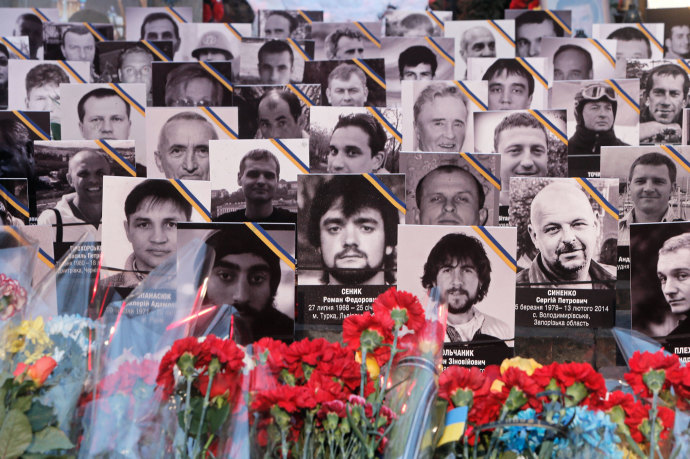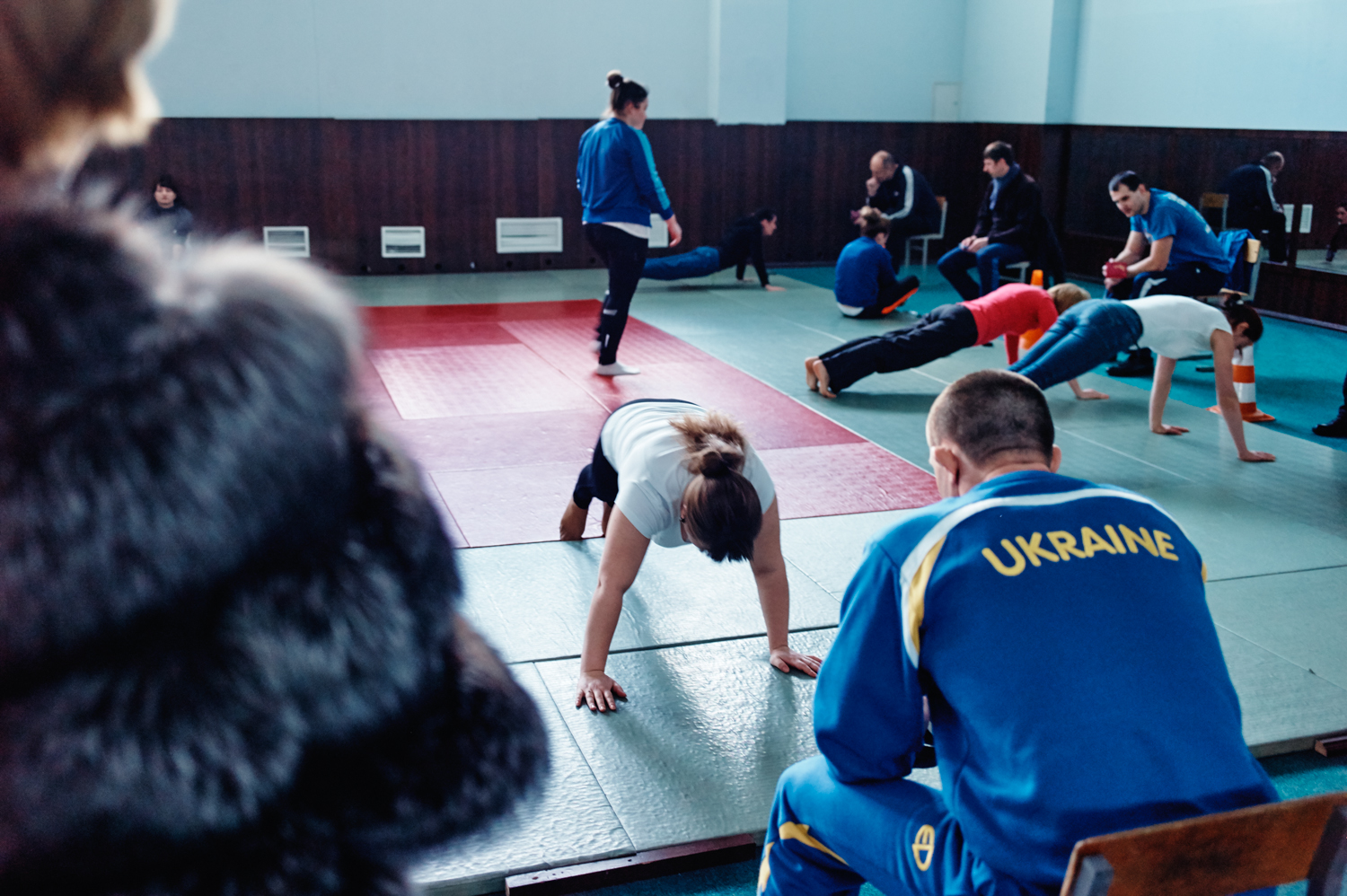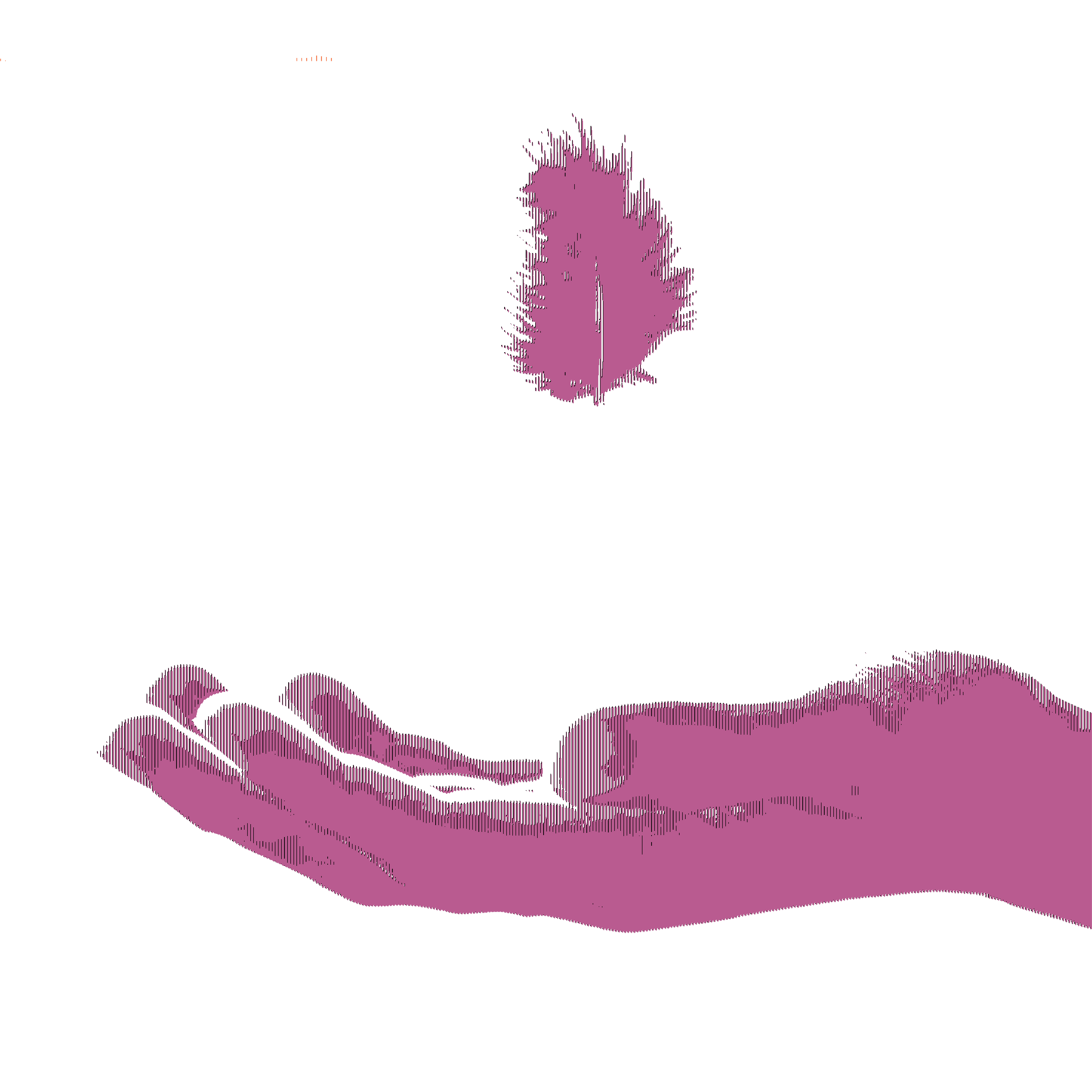
People, and countries, put up monuments to display what they think of history and of themselves. They tear down monuments for the same reason. A torn-down monument is, therefore, itself a monument.
At the corner of Taras Shevchenko Boulevard and Khreshchatyk, Kiev's central avenue, stands Lenin, or at least what remains of him. The statue was toppled in December, 2013, the first of about a hundred Lenin monuments removed by Ukrainians all over the country in the past year and a half. Remarkably, Moscow, which is very sensitive to the removal or alteration of Soviet-era monuments in parts of its former empire, took the topplings exactly as they were intended to be taken: as insults, and as a sign that it had lost Ukraine. The day that Russia annexed Crimea, authorities in the Crimean town of Zuya resolved to restore the local Lenin monument, which had been deposed the night before.
All that's left of Lenin in central Kiev is a giant pedestal of gray granite with a few rusty pieces of metal sticking out the top. The steps at the base of the pedestal have been painted yellow and blue, the colors of the Ukrainian flag. The round column of the pedestal itself has been repeatedly covered with graffiti, much of which has been removed, so only faint traces remain: "Ukraine without [illegible]," "AC/DC," "Bon-Scott." On either side of the column, engraved quotations of Lenin remain. The one to what used to be the Bolshevik's right hand, says, "A free Ukraine is possible if the Russian and Ukrainian proletariats unite; without such unity, there can be no free Ukraine." This saying alone would have been reason enough for the Ukrainian revolutionaries to dismantle Lenin. On the other hand (formerly Lenin's left), though, there is a longer quotation, which says that no one can defeat a people determined to obtain self-rule—an idea far better suited to the current Ukrainian moment.
If the battle of the quotations on this monument is unintentional, then just up Taras Shevchenko Boulevard, in the center of Taras Shevchenko Park, on the monument to Taras Shevchenko himself, it is obvious and heated. Ukraine's national poet, who stands a couple of stories tall, facing the Taras Shevchenko University, was commemorated in Soviet times with his own wistful, lyrical lines, taken from a poem called "My Testament":
And in the great new family,
The family of the free,
With softly spoken, kindly word
Remember also me.*
Below these words, etched tastefully in the pedestal, someone has pasted a laminated white sheet of paper with a different Shevchenko selection:
Keep fighting—you are sure to win!
God helps you in your fight!
For fame and freedom march with you,
And right is on your side!
Shevchenko addressed these lines to the nineteenth-century freedom fighters in the Caucasus Mountains, but the 2014 revolution, which has since been named the Revolution of Dignity, has appropriated the verse. President Petro Poroshenko recited it from a stage in Kiev's Independence Square (Maidan Nezalezhnosti) on February 20th, 2015, the first anniversary of the revolution's deadliest day.
A hundred and six people are known to have died in the Maidan in the winter of 2013-2014. They have been called the Heavenly Hundred, and the center of Kiev is dotted with makeshift and not-so-makeshift memorials to them, including crosses, gravestones, and brass plaques. For the past few months, the Maidan has hosted an open-air exhibit of annotated sketches and renderings submitted to an international competition to design the biggest monument of them all: a remade city center in Kiev, which would include a museum of the revolution and a memorial to its fallen heroes. The resulting urban space is to be known as the Terra Dignitas.
To be sure, the heart of Kiev was in dire need of a reimagining even before the revolution. The city's central avenue, Khreshchatyk, is itself one of the most striking memorials of Soviet power. It is less than a mile long but superhumanly wide: eight lanes of traffic flanked by sidewalks the width of a Manhattan avenue, with an additional, tree-lined pedestrian alley along one side of the street. Maidan Nezalezhnosti sits in the middle of Khreshchatyk, and Khreshchatyk cuts through the middle of the Maidan. To get from one half of the square to the other, one has to use an underground tunnel. The buildings are all in Stalin's Empire style: hulking shapes and giant arches. All were constructed after the Second World War, on scorched earth: the Soviets blew up and burned down Khreshchatyk as they were retreating from the Germans, in September, 1941. Before the war, the street was a third its current width and the buildings were generally three to four stories tall.
A few of the Terra Dignitas-contest entries suggest breaking up the square—and Khreshchatyk itself—in an attempt to bring it down to human scale. Most, however, propose making it even more grand, and adding fountains. At least two would even build on top of the Hotel Ukraine building, which sits at one end of the Maidan. The building looks like a truncated version of any of the seven Stalin High-Rises in Moscow, which themselves resemble the Manhattan Municipal Building, designed by William Kendall. The current Kiev version lacks a tower and a spire, which some contest participants would give it—topping it with the Ukrainian national symbol.
But the centerpiece of the competition, and likely of whatever is built in the square, is the memorial to the Heavenly Hundred. The winning entry in the memorial category, by a team of four women and one man from Italy, proposes something radically reserved. "The city is not a page that can be deleted and rewritten with each revolution," the architects assert. The project uses tree rings as a visual metaphor for history and proposes to create stepped passageways as reminders and memorials, with gashes in the pavement to show wounds, and trees planted to create a "memory forest." A tree stump will replace the remaining trunk of the Lenin monument.
Other proposals include something that looks a cross between Peter Eisenman's Holocaust memorial in Berlin and a Russian-mafiosi graveyard, with large silhouettes of the dead cut into the slabs; a composition consisting of a bare-chested, bearded "free man" the size of a house, leaning on slabs intended to represent barricades, next to an even larger winged angel; another variation of Eisenman's memorial, this one matching the outline of the map of Ukraine (pre- Russian invasion); a hundred illuminated metal rods on a "snow-white" slab; a blood-red "wave of freedom," covering the entire square; a bunch of angels on a hill; a bronze man emerging from stone while breaking his chains; and an entire set of Socialist Realist bronze sculptures with titles such as "Innocent Victims Become Angels" (men in military uniforms taking flight) and "Feast of the Cross" (three men in military uniforms struggling to stand up a cross).
Only one entry suggests the seemingly obvious. "We believe that it is necessary to mainly maintain the existing composition . . . making an imprint of the first public reaction to the death of heroes," that entry reads. The proposal is to use permanent materials to preserve the striking makeshift memorials that are still in the Maidan. One consists of hundreds of red glass lanterns placed in the square in the shape of the trident from the Ukrainian coat of arms. That these fragile lanterns have not been disturbed, sitting on the pavement in the city's busiest square, with hundreds of unskilled cyclists, falling-down drunks, and other hazards passing through daily, seems like a miracle.
But the most affecting monument that exists right now is a memorial wall that climbs the to the side of the Maidan. More than a hundred small semicircles of gray bricks, symbolizing the cobblestones that some of the revolutionary fighters used as weapons, each cradles a black-and-white portrait of one of the dead, with the person's region of origin at the top and his or her name, age, and occupation at the bottom. The youngest of the fallen memorialized here was a seventeen-year-old male student; the oldest was a seventy-five-year-old retired doctor, a woman. Most of the dead were middle-aged, and all but a couple of them were men.
But as I approached the top of the memorial, I noticed a photograph, and then two more, that were different: printed in color, with names and birth and death dates: men of forty-two, thirty-seven, and forty-one who died after the conflict in the Maidan ended. A man who noticed me taking notes complained, "Yes, they've been adding pictures—these are people who were killed in the East," that is, in the war with Russia. Many more people have died in battle there, but only a few have had their pictures carried to the Maidan. The man seemed outraged by the fact that someone had dared to add to the Heavenly Hundred—although he himself was in the Maidan collecting money for the war effort.
At the end of the memorial wall, someone had added four more photographs that did not have cradles, bringing the total to a hundred and thirteen and making the effort to make the memorial permanent seem, perhaps, premature.
*This passage is taken from a translation by John Weir.











